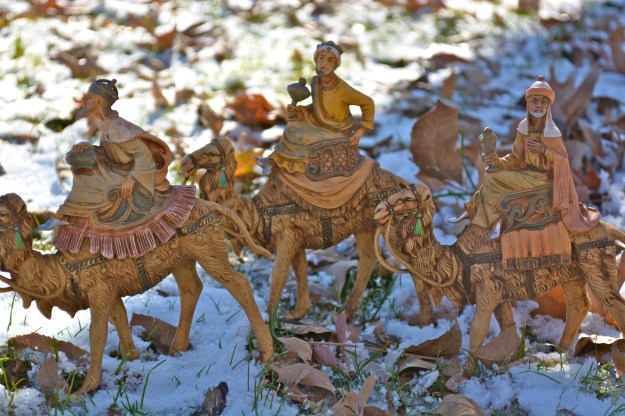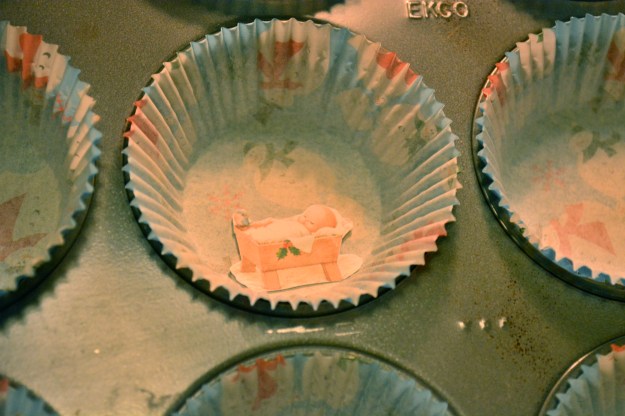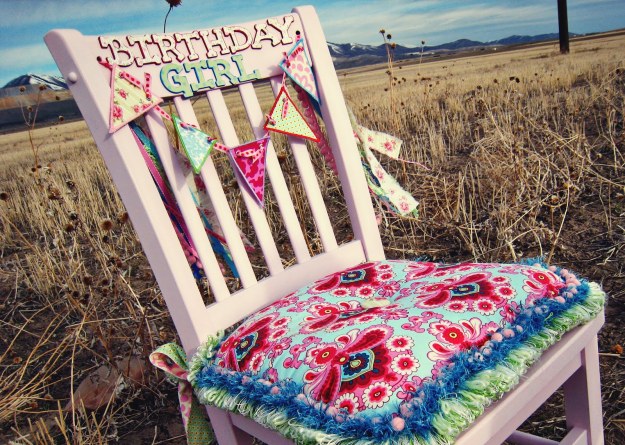One of my least favorite activities of the year is taking down my Christmas decorations. I love the holidays, so putting everything back in the tupperware bins feels like such a downer compared to all the joy, family, and food that comes with Christmas. So last year when I heard about Día de los Reyes (also known as Three Kings Day or Epiphany) and the opportunity to extend my holidays a little longer, I knew I wanted to add the celebration to our family traditions.

Caspar, Melchior, and Balthasar are from my Aunt Ethel’s nativity set. They are some of my favorite Christmas decorations.
Held on January 6th, Día de los Reyes is officially the 12th day of Christmas. It celebrates the coming of the three wise men to worship the Christ child and give him the gifts of gold, frankincense, and myrrh. Three Kings Day is widely celebrated around the world, particularly in Latin American countries. In Argentina, children put grass and water outside the door for the wise men’s camels. In Mexico, the three wise men are added to the nativity scenes on the eve of Día de los Reyes. And in Peru, they actually make taking down the Christmas decorations on Día de los Reyes a celebration in itself and call it Bajada de Reyes (Descent of Kings).
To celebrate Día de los Reyes at our house, we will be doing our own Bajada de Reyes tonight. In addition to taking down the Christmas decorations, we’ll also enjoy a modified Three Kings Cake, sing We Three Kings, and exchange small gifts between us. But most of all, I hope to remember that the season doesn’t really have to end just because the decorations come down. While maybe we can’t eat like we did during the holidays, the joy of Christmas, family, and friendships are things I don’t have to pack up with the ornaments.

Tradition calls for a porcelain baby Jesus to be put in the Kings Cake but we are improvising and I’ve put a paper one in the bottom of one of the cupcakes. Whoever gets the baby Jesus is supposed to make tamales on Candlemas (Feb. 2nd).

Unfortunately the real Three Kings Cake takes hours to make so we modified our version. These cranberry cupcakes will serve as our individual Kings Cake for tonight.
Click here for more country-specific Three Kings Day traditions and check out these other Epiphany blog posts:
- Epiphany Pie and Presents on A Story a Day
- Happy Twelfth Night! on Heels & Peplum
- Today’s find: Wise Guys on With Us Still






























